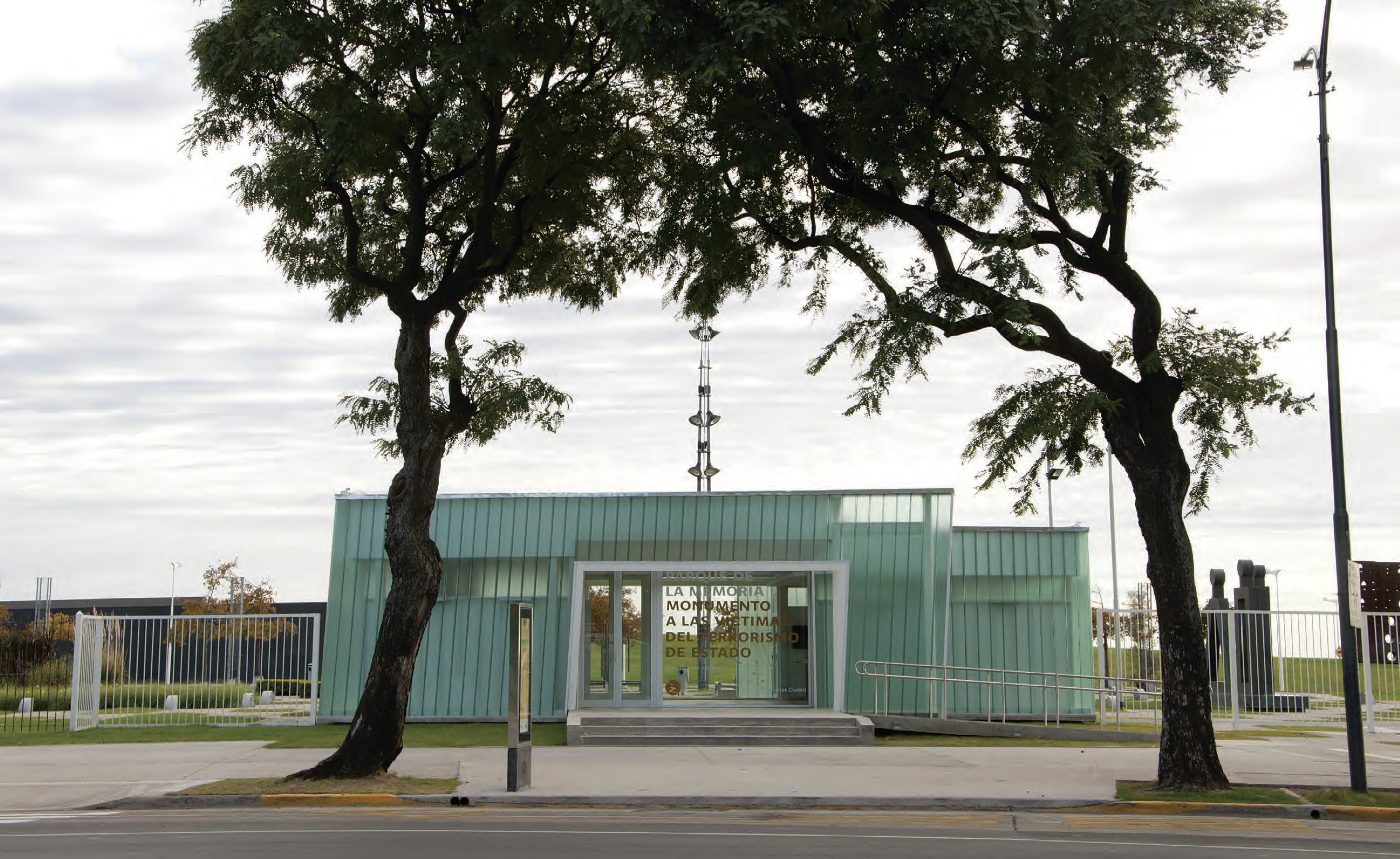Press
Resource Center
"Gwangju Spirit of May" Reaches Buenos Aires
- Gwangju Biennale Foundation opens a special exhibition dedicated to the 5·18 Democratization Movement on December 2 as part of series of shows, providing a venue to share the values of democracy, human rights, and peace.

The Gwangju Biennale Foundation opens a special exhibition commemorating the 5·18 Democratization Movement. The show is held in Buenos Aries and will run from December 2, 2022 through March 5, 2023.
This event, which opens in Buenos Aries, completes the series of special exhibitions that began in 2020 to commemorate the 40th anniversary of the 5·18 Democratization Movement, thereby continuing the Gwangju spirit. The show takes on greater significance for being held in the year that marks the 60th anniversary of the establishment of formal diplomatic ties between Korea and Argentina.
The exhibition is called Myths of the Near Future, inspired by a short story of the same name by English novelist James Graham Ballard. The planning for the event was conducted by the Museum of Modern Art of Buenos Aires Senior Curator Javier Villa and Art Historian and Curator Sofia Dourron. The title Myths of the Near Future provides form in multilayered visual language to stories related to Korea and Argentina that re-create time in terms of certain historical events. Importantly, the exhibition is being held at Remembrance Park, a monument to the victims of state-sponsored terrorism. The choice of this location, which is dedicated to testimonies and introspection, is in step with the exhibition plan, while at the same time the site-specific context and visual art are united aesthetically and at multiple levels.
Four Korean artists and four Argentinian artists are participating in this exhibition, putting their artistic talents to work. Their artworks employ fiction and poetry to enter a time loop, explore their respective nation’s histories, and examine the historical surface. War movies from the late 1960s, longstanding Korean anti-government protest songs, forgotten handicraft techniques, overlooked reference materials, shamanistic rituals and other vestiges of people and objects that bear witness to tragedy and violence are reinterpreted in ways that are both positive and visual.
Filmmaker and author Im Heung-soon organized a series of workshops with people in Buenos Aires and Gwangju. Then, using people’s stories, interviews, and archives, he produced a video installation entitled Good Light, Good Air, showing visually the various traumatic effects the past has had on the people in both communities.
Lucrecia Lionti’s School Skin installation represents a series of embroidery and textile works that employ both language and images. The artist asks whether group and individual identities have been formed with continuity from times past in history to the present day.
In her work The Other Hour Agustina Triquell studies how photographic and moving images relate to the production of knowledge, along with the mechanisms, devices, imaginaries, and experiences involved.
Eduardo Molinari’s The Iron Mountain project seeks to expose the colonial roots of state-sponsored terrorism that exist in contemporary society. He traces the concealed links between institutional violence and structural social and economic inequality.
The End of Imagination by Adrián Villar Rojas is a visual cartoon piece produced in editorial format and first exhibited in the 2020 catalog, scheduled to be installed at Memorial Park in Buenos Aires.
Choi Yun and Lee Minwhee coproduced Viral Lingua, a music video of six songs, that constructs in modern terms the violence spawned by extreme ideology as well as the distorted historical narrative that stems from that legacy.
People, the Next People by Part-Time Suite (Lee Miyeon and Park Jaeyoung duo) sheds light on the gap between image and reality and how, with the passage of time, the tool of social resistance that formerly denounced the Cold War ideology has been transformed into a tool supporting neo-liberal social control.
On the opening day of this exhibition, Hong YoungIn is scheduled to present 5100:Pentagon, which reenacts and executes choreographic moves based on images discovered within the 5·18 Democratic Movement Archives.
Korea and Latin America share a time in recent history when the people faced internal and external threats to democracy and struggled to achieve it. Specifically, during the 1970s and 1980s Argentina’s democratically elected government was overthrown by a military coup d’état, martial law was declared, and the nation’s leadership indulged in a reign of terror. The stories of resistance that are still being played out repeatedly resonate in both Argentina and the Republic of Korea, calling on the same generation in each country to embrace the values shared by all of humanity and to engage in artistic social activism.
The 5·18 Democratization Movement Special Exhibition toured Taipei, Seoul, Cologne, and Gwangju in 2020 and 2021, and opened in Venice and Buenos Aires in 2022. The most recent exhibition titled to where the flowers are blooming was held in Venice from April 20 to November 27, 2022. The show has been acclaimed for conveying a message of democracy, human rights, and peace based on the "Gwangju Spirit" and for bringing people together.